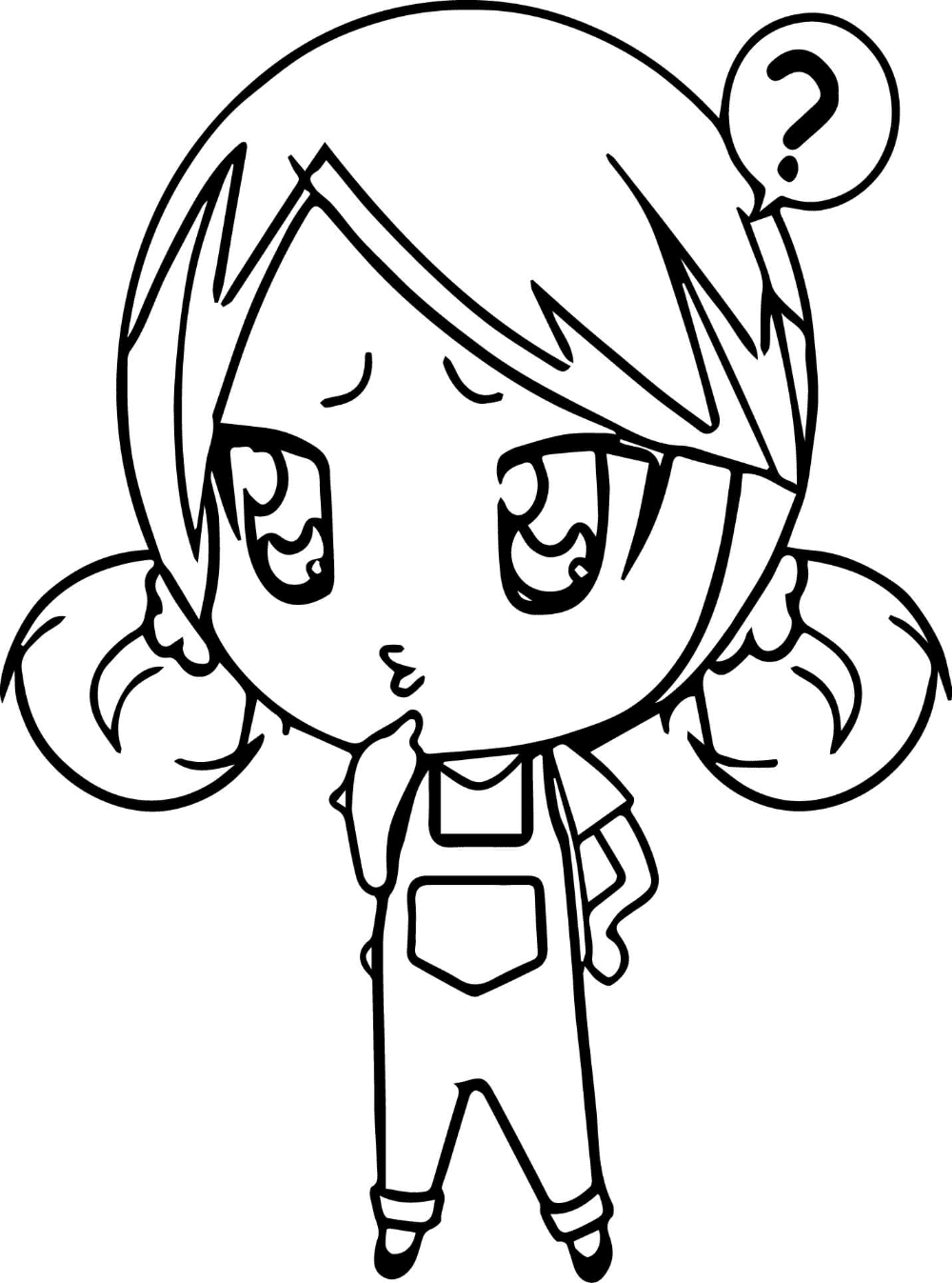
- Home
- Gin Blog
- The Transformative Power of Art Therapy – How Coloring Books Can Reduce Anxiety And Improve Mood
The Transformative Power of Art Therapy – How Coloring Books Can Reduce Anxiety And Improve Mood

Art therapy is a powerful form of therapy that utilizes art as a means of expression and healing. It has been proven to be an effective tool for those suffering from anxiety, depression, stress, and other mental health issues. Coloring books have become increasingly popular in recent years as a way to reduce anxiety and improve mood. This article will explore the benefits of art therapy and how coloring books can be used as part of a comprehensive treatment plan.
Benefits of Art Therapy
Art therapy is a unique form of therapy that allows individuals to express themselves through creativity. It is a non-verbal form of communication that can be especially beneficial for those who struggle with traditional forms of talk therapy. Here are just a few of the benefits of art therapy:
1. Promotes relaxation
Creating art can be incredibly calming and relaxing. It allows individuals to focus on the present moment and let go of their worries and stresses. This can be especially helpful for those who suffer from anxiety and find it difficult to calm their racing thoughts.
2. Provides a safe space for self-expression
Art therapy provides a safe and supportive environment where individuals can express themselves freely without fear of judgment or criticism. This can be particularly important for those who have experienced trauma or have difficulty expressing themselves verbally.
3. Helps with emotional regulation
Creating art can help individuals regulate their emotions and express feelings that they may not be able to put into words. This can be a valuable tool for those who struggle with anger, frustration, or other intense emotions.
4. Boosts self-esteem
Engaging in creative activities can boost self-esteem and increase feelings of self-worth. This can be especially important for those struggling with depression or low self-esteem.
How Coloring Books Can Help
Coloring books have become increasingly popular among adults as a way to reduce stress and promote relaxation. While some may view coloring as a childish activity, research has shown that it can have powerful therapeutic benefits.
1. Reduces stress
Coloring has been shown to reduce levels of cortisol, the hormone associated with stress. It allows individuals to focus on the present moment and let go of their worries and concerns. This can be especially beneficial for those who suffer from anxiety or chronic stress.
2. Increases mindfulness
Coloring requires a degree of focus and concentration, which can help individuals cultivate mindfulness. Mindfulness is the practice of being present in the moment without judgment. It has been shown to be an effective tool for reducing stress and anxiety.
3. Promotes creativity
Coloring can be a way to tap into one’s creativity and imagination. It allows individuals to experiment with colors and patterns without the pressure of creating a masterpiece. This can be especially helpful for those who feel stuck or uninspired in other areas of their lives.
Advice for Incorporating Coloring Books into Your Self-Care Routine
If you are interested in incorporating coloring books into your self-care routine, here are a few tips to get started:
- Choose a coloring book that speaks to you: There are a variety of coloring books available, ranging from intricate mandalas to whimsical illustrations. Choose one that appeals to your interests and preferences.
- Set aside time for coloring: Set aside a specific time each day or week for coloring. Treat it as a sacred self-care ritual and give yourself permission to fully immerse yourself in the experience.
- Experiment with different mediums: Don’t be afraid to experiment with different coloring mediums such as colored pencils, markers, or watercolors. Each medium can provide a unique sensory experience.
- Use it as a tool for mindfulness: Practice being fully present in the moment while coloring. Focus on the sensations of the pencil or marker moving across the page. Allow yourself to fully engage with the process without judgment.
- Don’t worry about the end result: Remember, the goal of coloring is not to create a masterpiece but to engage in a creative and therapeutic activity. Don’t worry about staying within the lines or creating something “perfect.”
FAQs
1. Can coloring books really help with anxiety?
Yes, research has shown that engaging in coloring can reduce levels of cortisol, the hormone associated with stress, and promote relaxation.
2. Do I need to be artistic to benefit from art therapy?
No, you do not need to be artistic to benefit from art therapy. The focus is on the process of creation rather than the end result.
3. Is coloring just for children?
No, coloring can be an effective tool for adults as well. It is a simple and accessible way to engage in a creative and therapeutic activity.
4. Can coloring replace traditional forms of talk therapy?
No, coloring should be used as part of a comprehensive treatment plan that includes traditional forms of talk therapy when necessary.
5. What if I don’t have the time to color?
If you don’t have the time to devote to a full coloring session, try incorporating it into small moments throughout your day. For example, you can bring a coloring book and some colored pencils with you to work or school and spend a few minutes during a break or lunchtime. Even a few minutes of coloring can be beneficial for reducing stress and promoting relaxation.
Conclusion
Art therapy is a powerful tool for promoting emotional healing and well-being. Coloring books are a simple and accessible way to engage in this therapeutic practice and can be a valuable addition to any self-care routine. Through its ability to reduce stress, promote mindfulness, and boost creativity, coloring can help individuals tackle a variety of mental health challenges. By incorporating coloring into your daily life, you may find yourself feeling more relaxed, centered, and connected to your own inner creativity.












